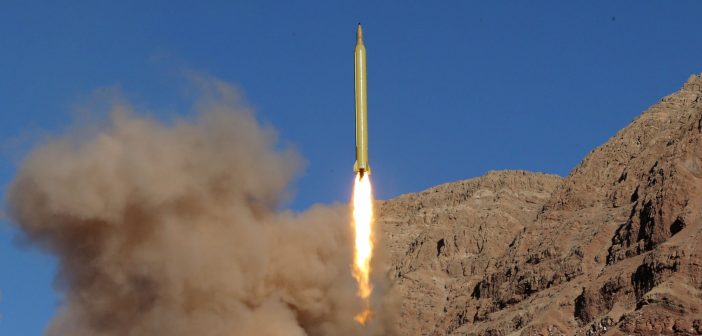Read the report – The pace with which Iran’s conventional missile program has been developing in recent years suggests that the country’s missiles could become much more accurate, and thus deadly, within a few years, potentially providing Tehran with a new set of military options and a higher degree of operational flexibility. This would force (and most probably already has forced) the Pentagon to strategize and plan for a range of Iran-related military contingencies in the region like never before. As the utility of Iranian missiles expands beyond deterrence and possibly enters the realm of offense, the likelihood of military crises and kinetic flare ups in the Gulf rises.
“Precision Fire: A Strategic Assessment of Iran’s Conventional Missile Program,” authored by Bilal Y. Saab, senior fellow and director of the Middle East Peace and Security Initiative at the Brent Scowcroft Center on International Security, and Michael Elleman, consulting senior fellow for missile defense at the International Institute for Strategic Studies, analyzes the political and military challenges posed by Tehran’s potentially more accurate missiles and assesses how Washington and its regional partners could counter Tehran’s likely aims. Zalmay Khalilzad, president of Gryphon Partners and former US permanent representative to the United Nations, US ambassador to Iraq (2005–07), and US ambassador to Afghanistan (2003–05), provides a valuable preface.




